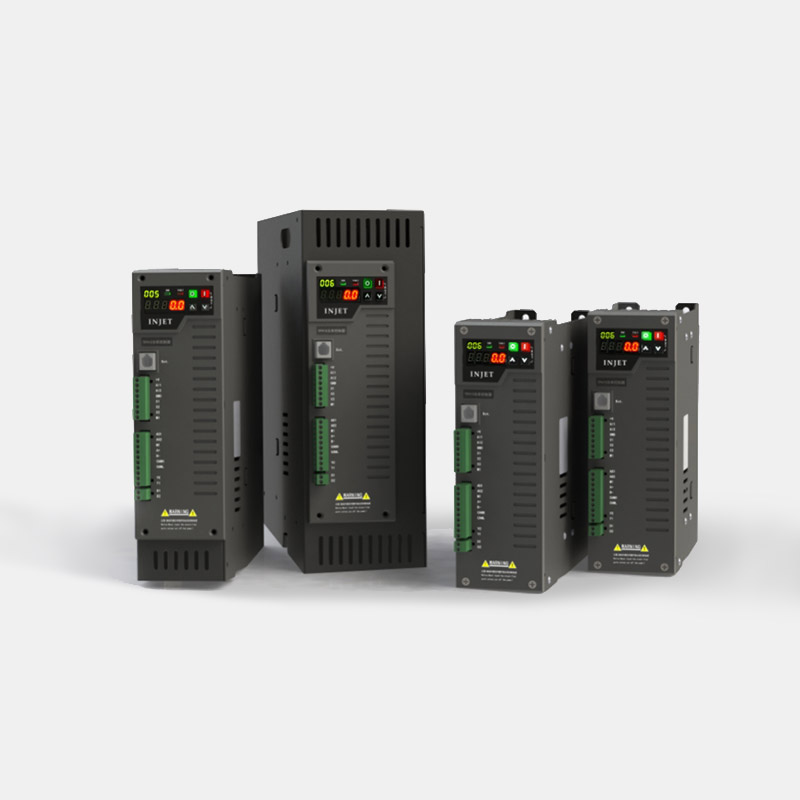is part of the Division of Informa PLC
This site is operated by a business or businesses owned by Informa PLC and all copyright resides with them. Informa PLC's registered office is 5 Howick Place, London SW1P 1WG. Registered in England and Wales. Number 8860726. Nr12 Power Factor Controller

Splay is one of the more common — and sometimes baffling — defects in plastic injection molded products. It is a cosmetic defect typically appearing as an off-color streak, often silver in hue, along the surface of the molded part.
The three main causes of splay are heat, moisture, and shear, with heat being a primary culprit. This three-part troubleshooting series will go over key signs of evaluating splay conditions, offering insights and procedures to approach various splay scenarios. This first article will outline defects specifically caused by heat and suggest methods for correcting them.
Splay that has a direct relationship with heat can usually be identified if barrel temperatures are too high and the material has little to no moisture when tested. Although it is common practice to only think “barrel heats” if too much heat is being generated from the screw, mold temperatures and barrel/mold temperature transitions can also cause splay defects. Barrel temperature changes require a minimum of 20 minutes before the barrel will settle in at a new heat-soak temperature.
It is important to verify that actuals match setpoints on barrel and mold temperatures. If temps match, watch the controller for temperature swings above and below the setpoint. It is also good practice to feel dryer hoses. Is the top hose hot, and the return line warm? Poor dryer heat performance is a lead contributor to splay conditions.
It is also important to note that excessive back pressure can lead to an overheat condition. If back pressure is set too high, it can overheat the plastic as it passes through the compression zone. It can also cause material degradation, leading to poor part qualities. Changes made to back pressure require a minimum of 20 minutes to allow for shear changes to take effect and barrel temperature to settle into a new heat-soaked condition.
Materials that are overprocessed in the compression zone have shorter molecule chains, which can weaken part strength and change shrink rates.
Over drying material can also lead to splay conditions. If material in a drying hopper is not passing through in the production phase, great care should be taken to bank the dryer temperature any time a press will be down four hours or more. A common bank temperature for most materials is 100°F. This temperature is generally warm enough to keep dry material moisture-free yet cool enough to prevent ruining material properties or additives.
Screw resonance time can also cause splay. Material that stays too long in the barrel before filling the mold cavities can become overheated, leading to splay. One way to correct this condition is by running the feed zone temperature much lower. This reduces the amount of heat at the beginning of material feeding, as well as reducing the length of time the material is in the heat zone.
It is also important to note that screw rotation time, when possible, should be 1.5 to 2 seconds longer than the cooling time. Material that settles to the barrel bottom for a long period of time can be overheated by heater bands. The screw rotation time delay setpoint can be used in a pinch. The delay is set to start screw rotation late, reaching shot size 1.5 to 2 seconds before the mold opens. This is a “we need the parts” adjustment made to correct a condition that is directly caused by barrel size and resonance.
Heat-related splay defects are generally easy to identify, but the conditions are not always easy to correct. Best practices when troubleshooting these heat-based defects is to review all conditions that might be leading to heat splay. Take heat out of your process until the overheating condition is corrected. Splay conditions can be corrected through a deliberate analysis of current molding conditions. Make process corrections based on facts, not guesses.
Garrett MacKenzie is the owner/editor of plastic411.com and a consultant/trainer in plastic injection molding. He has provided process-engineering expertise to many top companies, including Glock, Honda, Johnson Controls, and Rubbermaid. MacKenzie also owns Plastic411 Services, which provides maintenance and training support to Yanfeng Automotive Interior Systems, IAC, Flex-N-Gate, and other top automotive suppliers. He was inducted into the Plastic Pioneers Association (PPA) in 2019, where he serves on the Education Committee evaluating applications from college students seeking PPA scholarships. You can reach him via e-mail at [email protected] .

All Purpose Temperature Controller More information about text formats